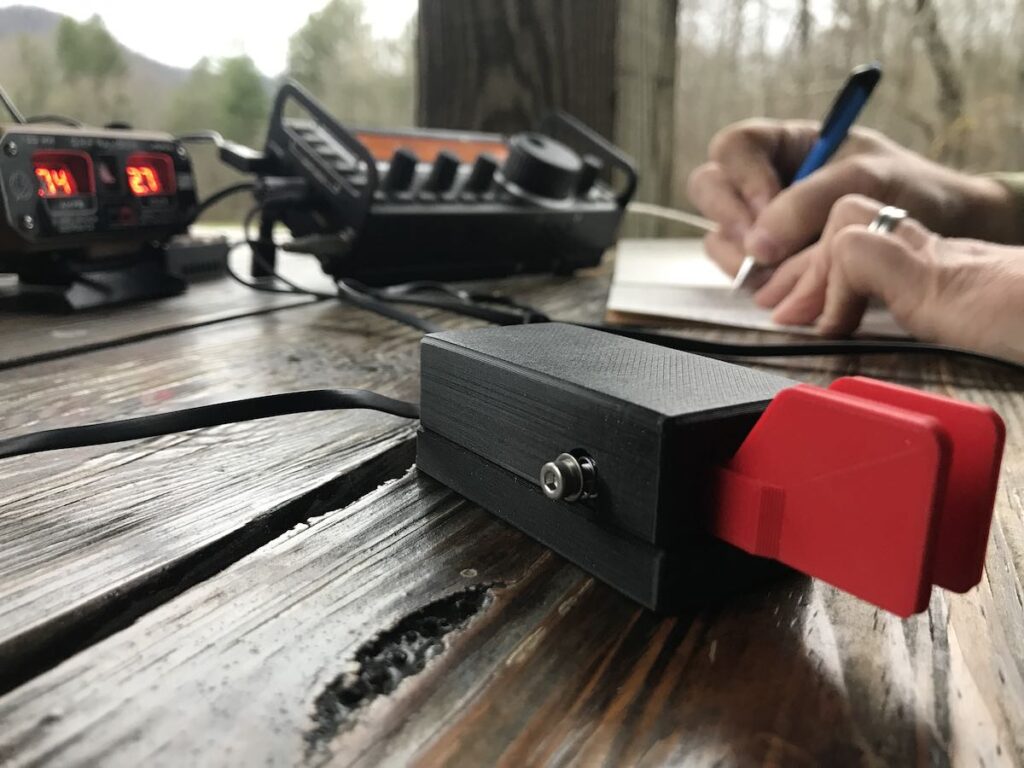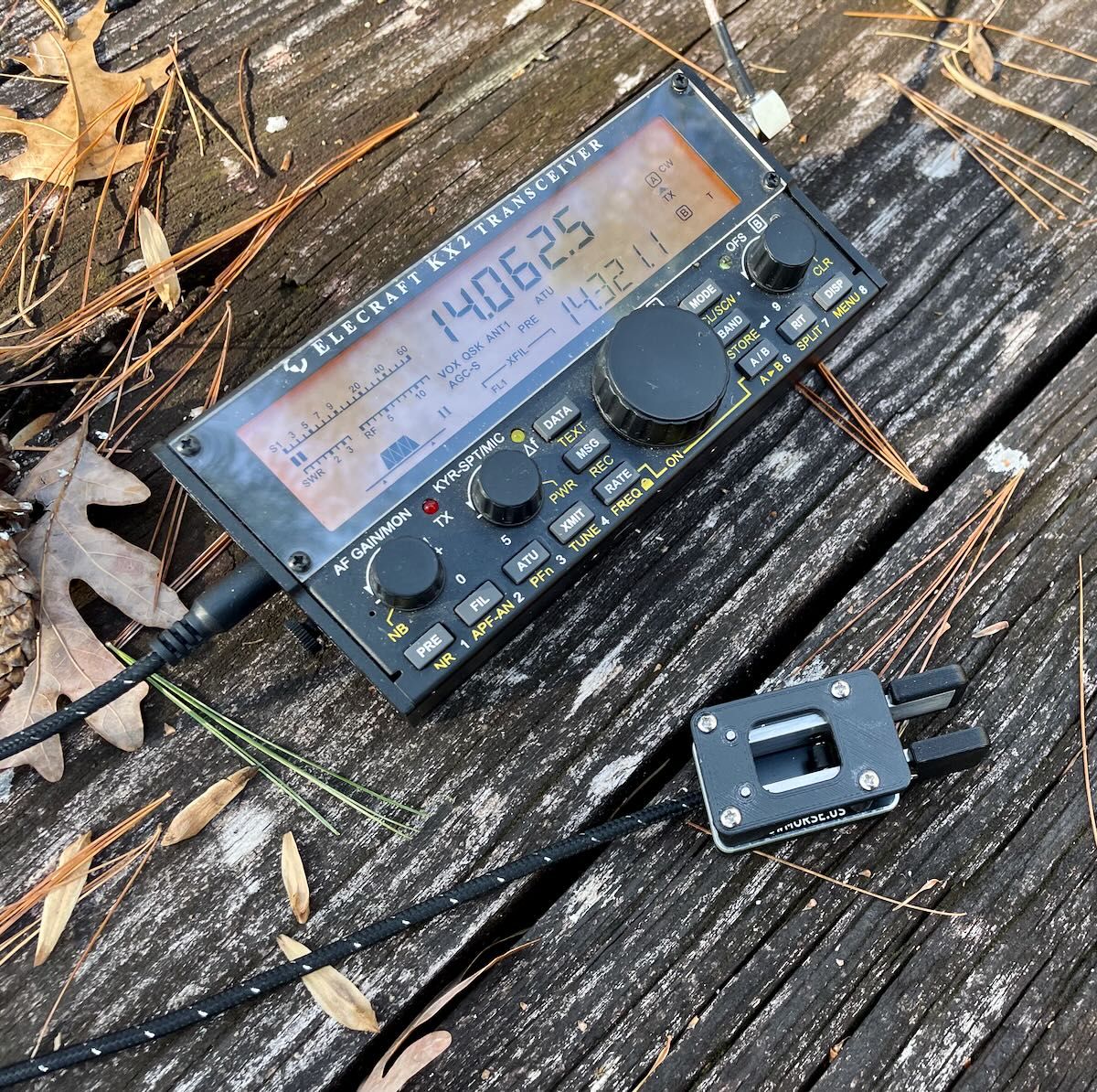Radio Waves: Stories Making Waves in the World of Radio
Welcome to the SWLing Post’s Radio Waves, a collection of links to interesting stories making waves in the world of radio. Enjoy!
Many thanks to John Smith and Chris Greenway for the following tips.
FCC Issues Nine Warnings To Miami Area Landowners And Property Managers For Illegal Radio Broadcasts (FCC Press Release)
The PIRATE Act Prohibits Landowners and Property Managers from Aiding Pirate
Radio Operations
—
WASHINGTON, July 21, 2023—The FCC’s Enforcement Bureau today issued nine warnings to landowners and property managers in the Miami area for apparently allowing illegal broadcasting from their properties. The FCC may issue a fine exceeding $2 million if it determines that a party continues to permit any individual or entity to engage in pirate radio broadcasting from any property that they own or manage.
“Providing a safe haven for pirate radio operations that can interfere with licensed broadcast signals and fail to provide emergency alert system notifications can have serious consequences for landowners and property managers that allow this conduct to occur on their properties,” said Loyaan A. Egal, Chief of the Enforcement Bureau. “I want to thank our field agents for their continued efforts to ensure compliance with federal law in this area.”
The Notices of Illegal Pirate Radio Broadcasting sent today target properties identified by
Enforcement Bureau field agents as sources of pirate radio transmissions. These notices formally notify landowners and property managers of the illegal broadcasting activity occurring on their property; inform landowners and property managers of their potential liability for permitting such activity to occur on their property; demand proof that the illegal broadcasting has ceased on the property; and request identification of the individual(s) engaged in the illegal broadcasting.
The PIRATE Act provides the FCC with additional enforcement authority, including higher
penalties against pirate radio broadcasters of up to inflation-adjusted amounts of $115,802 per day with a maximum of $2,316,034. In addition to tougher fines on violators, the law requires the FCC to conduct periodic enforcement sweeps and grants the Commission authority to take enforcement action against landlords and property owners that willfully and knowingly permit pirate radio broadcasting on their properties.
The Notices of Illegal Pirate Radio Broadcasting are available at:
https://www.fcc.gov/document/fcc-issues-warnings-allowing-illegal-radio-broadcasts.
Shortwave Modernization Petition Comments (FCC)
Readers note that the number of comments on the Shortwave Modernization Petition have surpassed well over 600 at time of posting. No doubt, this particular petition is getting more visibility and notice than expected.
Falling in love by morse code (ABC Radio)
You may know someone who met the love of their life through writing letters, and these days you’d be hard pressed to NOT know people who’ve met online… but have you ever come across someone who’s met her husband in Morse code?
Ulla Knox-Little knew that getting to do an expedition to Antarctica as the radio room operator would be a life-changing experience, but she never expected it to lead to her meeting the love of her life.
Hosted and produced by Helen Shield.
Click here to listen to this short radio piece.
The Art of Listening: BBC Monitoring and the Historical Significance of the Transatlantic Open Source Intelligence Relationship [VIDEO] (Readex)
Last month, Readex welcomed librarians to a special breakfast presentation at this year’s ALA Annual Conference in Chicago, IL. Dr. Alban Webb, lecturer of Media and Cultural Studies at the University of Sussex, captivated the audience in attendance with his talk on “The Art of Listening: BBC Monitoring and the Historical Significance of the Transatlantic Open Source Intelligence Relationship”
Dr. Webb—a noted historian of BBC World Service—gave a fascinating and informative overview of the history of open-source intelligence (OSINT) and the role of BBC Monitoring, highlighting perspectives these newly digitized archives represent for the study of the 20th century history. Click here to read the full article.
Do you enjoy the SWLing Post?
Please consider supporting us via Patreon or our Coffee Fund!
Your support makes articles like this one possible. Thank you!








